Want to contribute to this article?
"Health and safety."
3 words that workers everywhere don't often respond warmly to.
H&S initiatives are crucial for businesses looking to tighten up costs, slice incident rates and achieve new standards.
But the people they're aimed at link health and safety with red tape, bureaucracy, paperwork and needless time away from their main activities.
Several studies have shown 50% or more of surveyed employees expressing a negative view of occupational health and safety schemes.
Health and safety's image problem means low engagement and commitment - which means your H&S initiative falls apart.
Here's how to start fixing health and safety's image problem in your business.
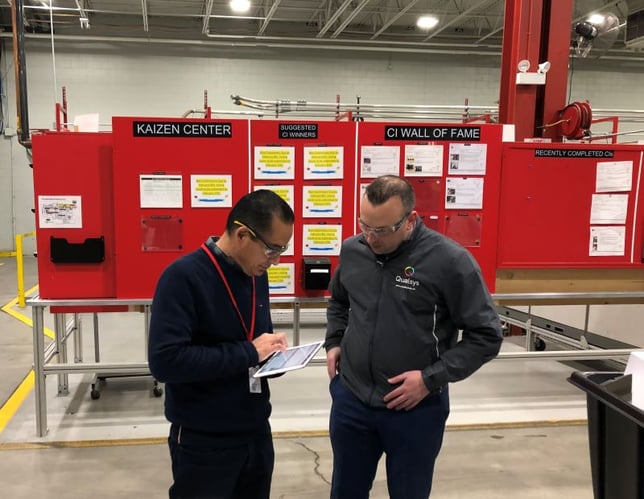
Rewards and incentives
The transition from OHSAS 18001 to ISO 45001 has shifted the emphasis of responsibility for health and safety management.
The 'management representative' role has been abolished in favour of a broader, management-led, top-down H&S style.
Senior management are now expected by ISO to take direct involvement in the H&S management system, taking responsibility for employee protection and driving initiatives through to completion.
Direct management involvement opens up a good way to add a positive spin to health and safety: providing incentives and rewards for employees who contribute to your H&S management system.
It's normal for a company's sales achievements to be rewarded with commissions and celebrated - why should achievements in safety be any different?
If your staff find health/safety compliance a boring distraction or a corporate albatross round their necks - you're doing it wrong!
Incentives and rewards can include:
- Encouraging factory workers to flag the most potential hazards and rewarding the winner each month
- Praising observed safe behaviours and entering those workers into a prize draw
- Small 'on-the-spot' instant rewards during factory audits, such as canteen vouchers or knocking off early
- Considering factors like number of hazards raised and issues flagged during appraisals and pay reviews
- Asking staff to suggest process or workspace improvements and rewarding them when those improvements are implemented
- Making promotions and pay rises dependent on a certain H&S training mark
Make sure any rewards are clearly communicated, regular and SMART.

Make it ingrained
It's pretty simple - your staff want to do what they're paid for.
Asking them to devote extra time to raising issues, following new procedures and flagging hazards almost never works.
Why? Your business culture, old patterns of working and 'the way we do things around here' will always prevail if you don't make your business initiatives and management systems as ingrained, natural and integrated as you can.
Health and safety is no different. In part, its negative image stems from its perception as an unnecessary overhead or distraction that takes time away from 'real work'.
Read our blog post: "Can technology really change business culture?"
A good example of this is a typical food production facility. To get to the factory floor, staff have to walk through the changing room to collect their overcoats, hairnets and snoods and sanitise their hands. Health and safety procedure is naturally ingrained and becomes unquestioned second nature.
If you want your staff to report more incidents, near misses, potential hazards and opportunities, you should consider how to make that process as quick, easy and normal as you possibly can.
Typical problems with health and safety reporting include:
- Staff feeling they don't have the time to report an issue
- Staff feeling it isn't their responsibility
- Not knowing who to report issues to
Manufacturers such as Ernest Jackson use Kiosk by Qualsys to avoid these issues.
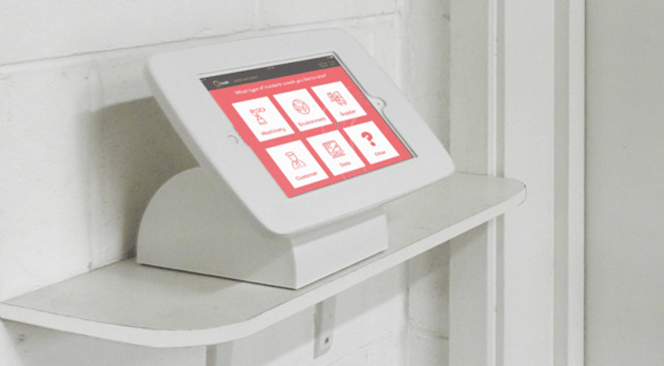
Positioning Kiosk stations around your workspace with pre-built forms for different health and safety events allows users to push health and safety data from factory floor to electronic quality system in 10 seconds.
So staff support the health and safety agenda with real-time data, without feeling distracted by it.
Health and safety's other image problem comes from paperwork.
As a rule, workers don't like leafing through stacks of paper to pinpoint the latest health and safety policies or safe procedures as they're working - particularly in time-sensitive and labour-intensive manufacturing environments.
American manufacturer Honeywell adopted Document Manager by Qualsys on their mobile devices to eliminate this issue, pinning key electronic documents to the Quick Links list to allow workers to access information in a couple of clicks from iPads positioned around the factory floor.
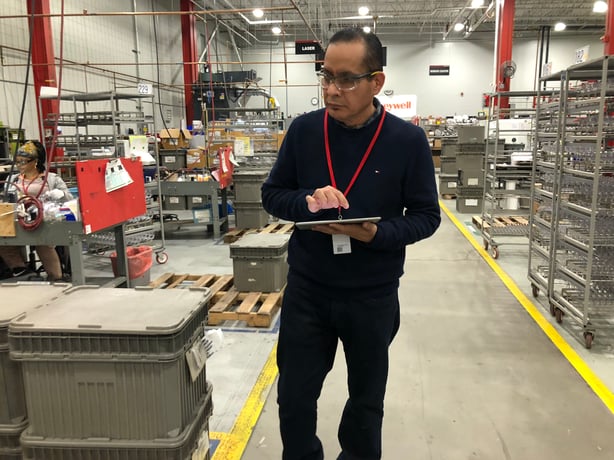
Health and safety compliance ceases to be a burden with faster access to information, dramatically increasing engagement and workplace safety.
Learn more about our mobile applications
Make it about them
Health and safety is as much about protecting employee wellbeing as it is about cutting accident rates or impressing an auditor.
Giving your staff input into how H&S problems are solved will increase confidence in your corrective and preventive actions and let workers know that their voices are being heard. Consider empowering certain members of staff to sit in management review meetings and give their opinions.
And since ISO 45001 embraces a broader definition of 'health' which can include mental wellbeing, use your health and safety messaging to enforce the point that the business is there to listen to any problems that staff might have, and has an obligation to work towards making them happier in their roles.
As with compliance generally, a collaborative culture is the ultimate objective for your health and safety management system.
Encouraging staff to take responsibility, rewarding them for doing so, and making feedback and reporting systems as simple and intuitive as you can are all crucial steps toward this goal.
So Richard Green's definition of a quality culture is just as applicable to your health and safety:

What to do next
Ready to take the next steps and start building a health and safety system that works?
Sign up for our ISO 45001 event and learn about best practice, building a health and safety culture and more.





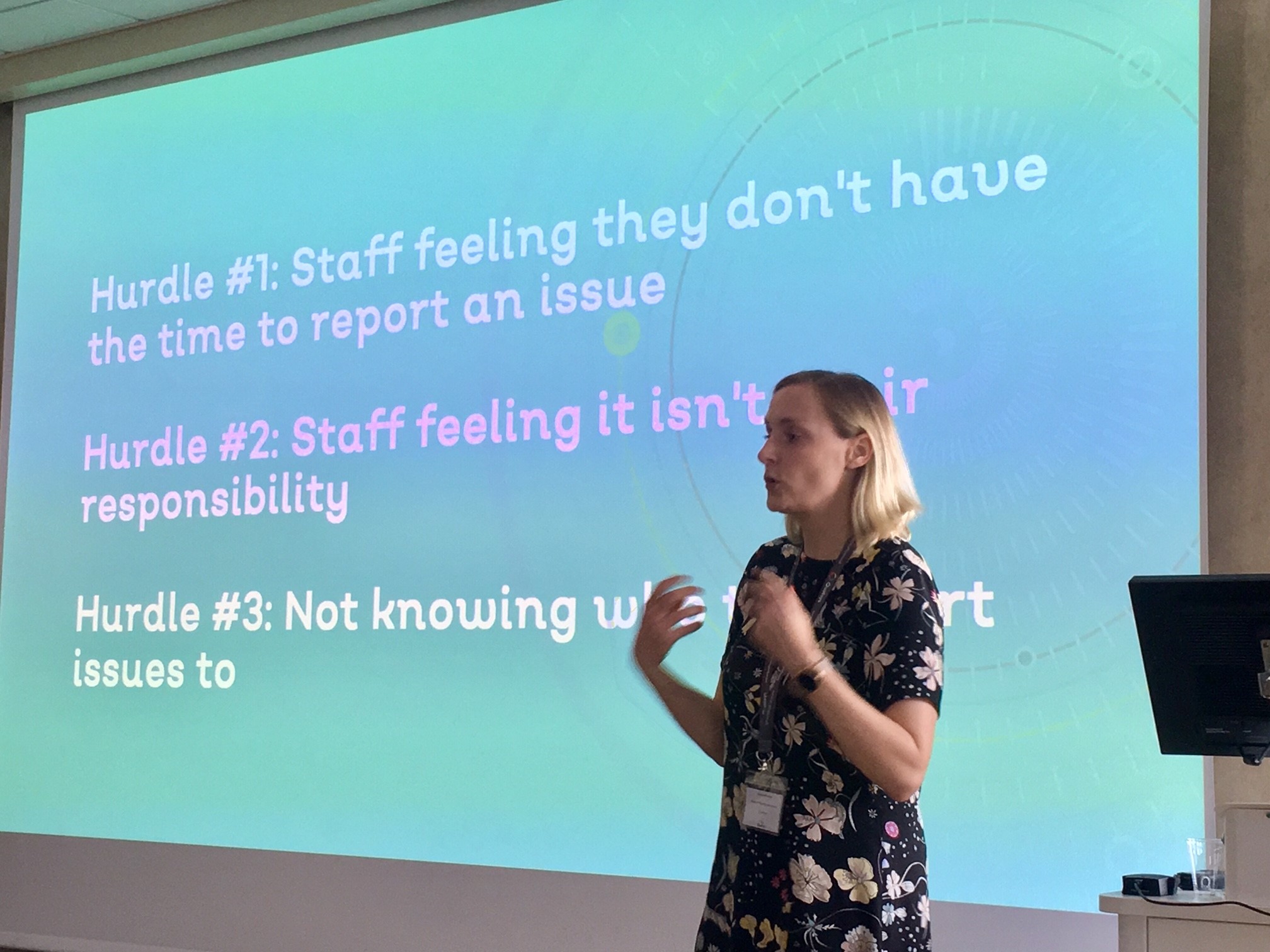
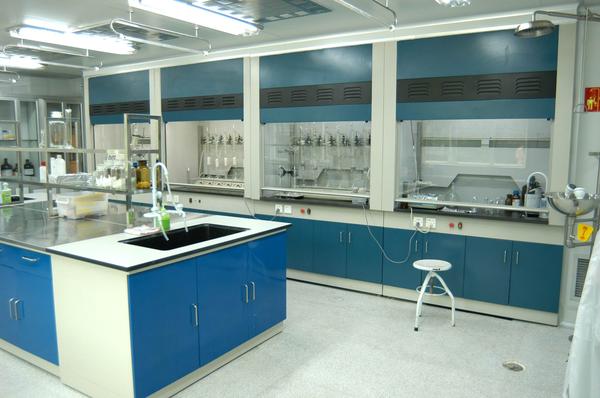

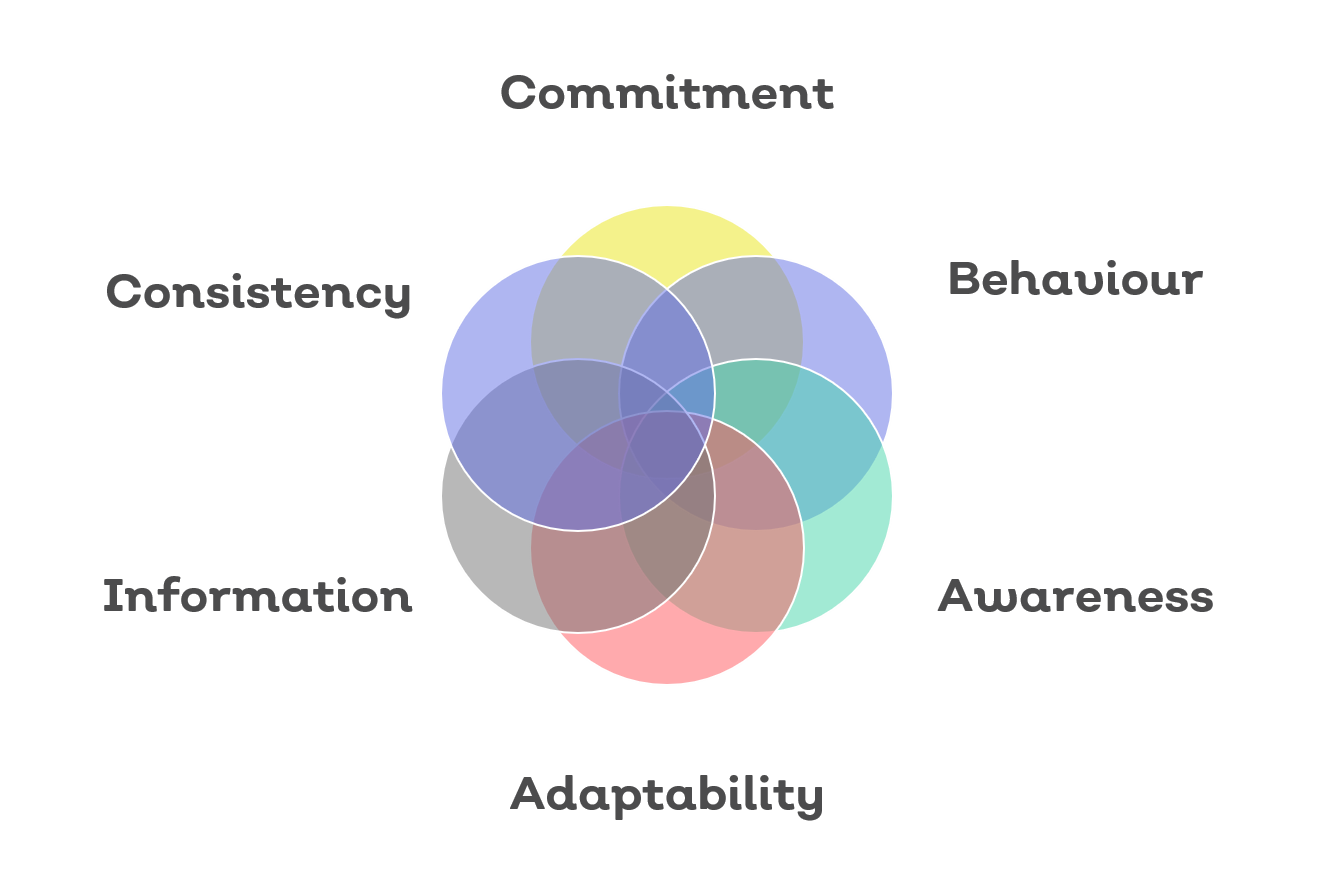
Share your thoughts on this article